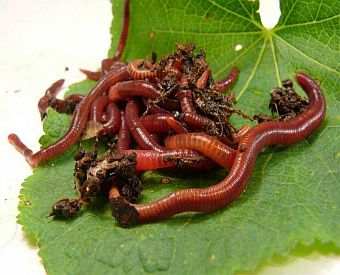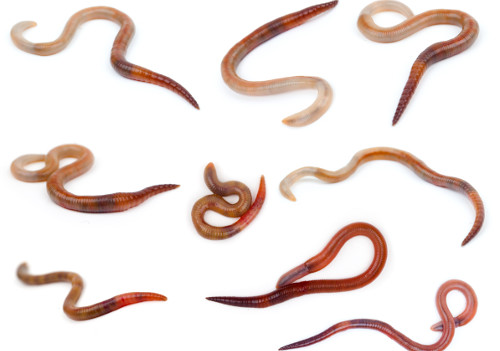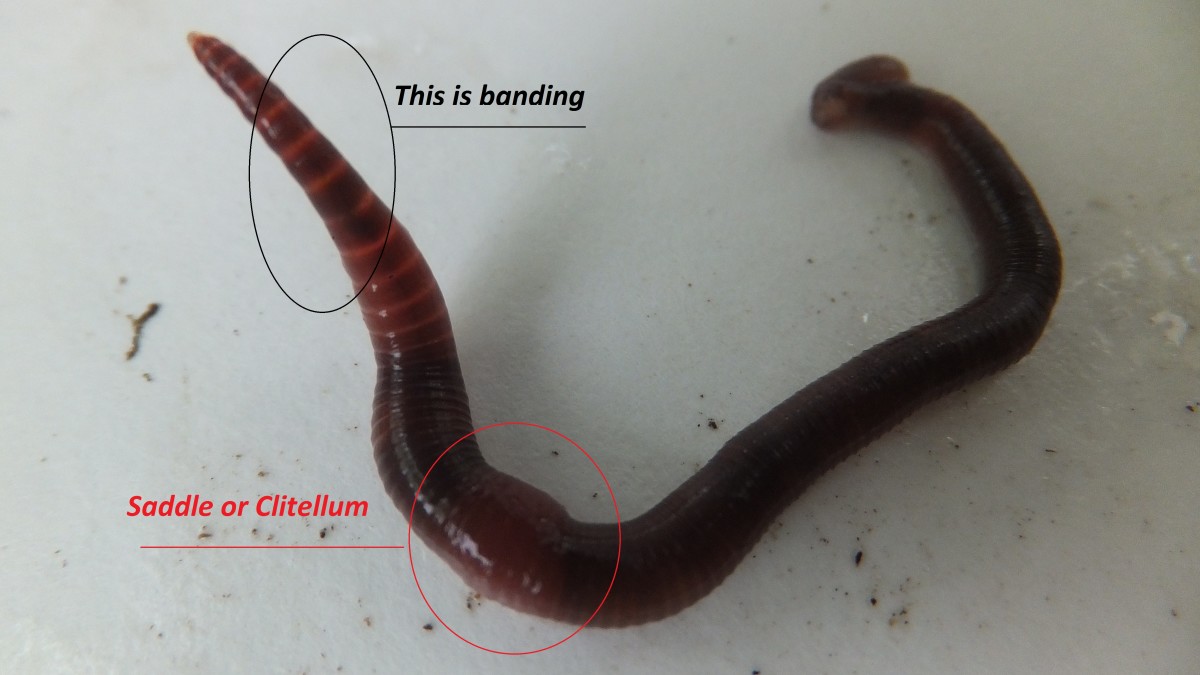Red Wiggler Worms - Effective Decomposers for Your Compost Bin
Red Wiggler Worms - Effective Decomposers for Your Compost Bin
Blog Article
Optimizing the Perks of Red Wiggler Worms: A Comprehensive Handbook for Home Gardeners and Urban Farmers
In the realm of lasting gardening techniques, red wiggler worms stand as unrecognized heroes, silently transforming organic waste right into nutrient-rich castings that can function marvels for soil health. As home garden enthusiasts and urban farmers increasingly look for economical and ecologically friendly means to improve their yards, the prospective benefits of using the power of red wigglers can not be overemphasized. From minimizing cooking area waste to growing much healthier plants, the use of these modest creatures provides a myriad of benefits. By exploring the complexities of exactly how to successfully look after and take full advantage of the advantages of red wiggler worms, people can open a wide range of opportunities for improving the sustainability and efficiency of their gardening ventures.
Recognizing Red Wiggler Worms
Red Wiggler worms, renowned for their efficient composting capacities, are a species of earthworms extensively used in vermiculture techniques. These worms, scientifically known as Eisenia fetida, prosper in decaying natural material, making them excellent prospects for composting.
One secret feature of Red Wiggler worms is their reproductive rate. These hermaphroditic animals possess both female and male reproductive organs, allowing them to replicate swiftly under favorable conditions. A fully grown Red Wiggler can create numerous offspring in a short period, making certain a steady populace within a composting system.

Setting Up a Worm Container
When establishing a worm bin for vermiculture purposes, appropriate prep work and focus to information are important for producing a helpful setting for Red Wiggler worms. Begin by selecting a suitable container for your worm bin.

Location the worm bin in an awesome, dark location away from straight sunshine and extreme temperatures. Routinely keep track of the moisture degrees, including water if the bed linen feels half-cracked or dry. Feed the worms a well balanced diet regimen of vegetables and fruit scraps, avoiding citrus fruits, onions, and spicy foods. By following these actions, you can establish a prospering worm bin that will successfully process organic waste right into nutrient-rich vermicompost for your garden.
Feeding and Keeping Worms
Making certain a balanced and nutritious diet regimen is vital for the health and wellness and performance of Red Wiggler worms in a vermiculture system. It is crucial to prevent feeding them citrus fruits, onions, garlic, dairy products, meat, and oily foods as these can be dangerous to the worms or cause unpleasant odors in the bin.
Proper wetness degrees are also essential for the health of Red Wiggler worms. The bed linen ought to really feel like a wet sponge, providing sufficient moisture for the worms to breathe through their skin. Consistently examine the dampness degrees and adjust by adding water or dry bedding product as required. Furthermore, preserving proper temperature problems in between 55-77 ° F(13-25 ° C )will guarantee optimal worm activity and recreation. By diligently checking their diet, dampness, and ecological problems, home gardeners and urban farmers can sustain a healthy and efficient Red Wiggler find out here now worm population for composting objectives.
Collecting Worm Spreadings
To about his effectively remove nutrient-rich worm spreadings from the vermicompost, a methodical harvesting process is essential for maximizing the composting advantages. The very first action in harvesting worm spreadings is to encourage the worms to migrate to one side of the bin.
After the spreadings have actually been harvested, it is vital to separate any type of staying worms from the spreadings to avoid hurting them throughout storage space or application. One effective technique is to produce conical heaps of castings under intense light. Worms will naturally relocate away from the light, enabling simple separation and removal.
Lastly, the gathered worm spreadings must be stored in an amazing, dark, and completely dry location to preserve their high quality and efficiency as a nutrient-rich dirt change. By adhering to these actions, home garden enthusiasts and city farmers can take full advantage of the advantages of red wiggler worms in their vermicomposting systems.
Making Use Of Worm Castings in Horticulture
The unification of nutrient-rich worm spreadings into garden soil can considerably improve plant development and general dirt wellness. Worm castings, additionally called vermicast, are a natural fertilizer created by red wiggler worms as they break down organic matter. These castings are rich in crucial nutrients like nitrogen, phosphorus, potassium, and advantageous microorganisms that promote plant development and enhance soil structure.
When using worm spreadings in horticulture, it is necessary to mix them thoroughly into the soil or use them as a leading dressing around plants. The slow-release nature of worm spreadings ensures a constant supply of nutrients to plants over this time, reducing the risk of nutrient leaching and promoting long-term soil fertility. In addition, worm spreadings assist enhance soil oygenation, water retention, and microbial activity, producing a healthy environment for plant roots to grow.

Verdict
Finally, the utilization of red wiggler worms in home horticulture and urban farming can dramatically benefit dirt health and plant growth. By understanding exactly how to set up and preserve a worm container, feed the worms correctly, and collect their nutrient-rich castings, garden enthusiasts can make best use of the benefits of these earthworms. Including worm castings into horticulture practices can improve dirt fertility and total plant productivity. On the whole, red wiggler worms offer a lasting and effective solution for enhancing yard and ranch yields.
In the world of sustainable gardening practices, red wiggler worms stand as unsung heroes, quietly changing natural waste right into nutrient-rich castings that can work wonders for soil health.When developing a worm container for vermiculture objectives, correct prep work and focus to information are vital for producing a favorable atmosphere for Red Wiggler worms. The very first step in harvesting worm castings is to encourage the worms to migrate to one side of the bin. Worm spreadings, additionally known as vermicast, are a natural fertilizer produced by red wiggler worms as they break down natural matter. By comprehending how to establish up and preserve a worm bin, feed the worms properly, and collect their nutrient-rich spreadings, gardeners can make the most of the benefits of these earthworms.
Report this page